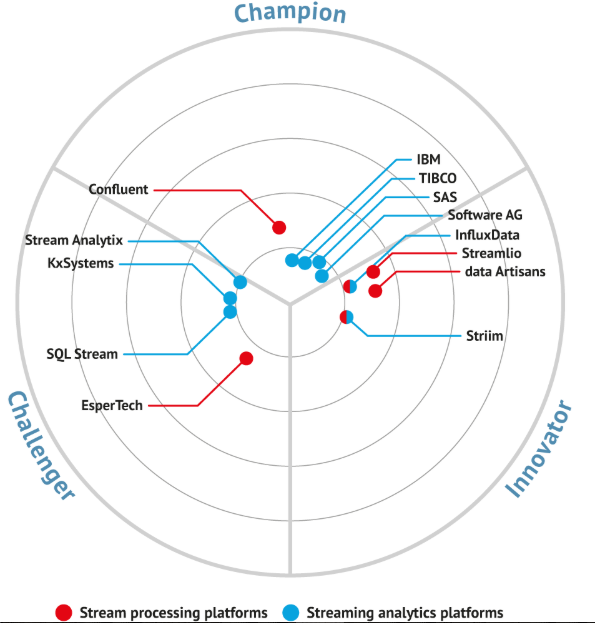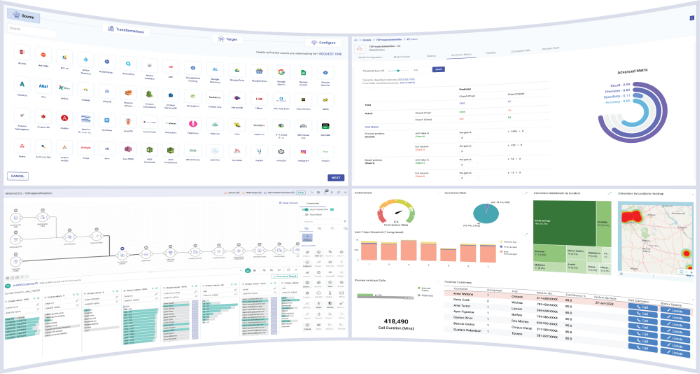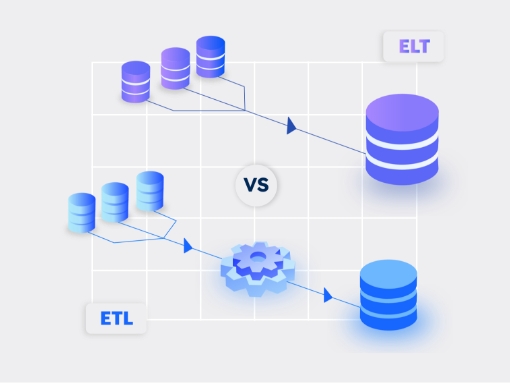“Gathr provides an excellent solution for streaming analytics that combines the strengths of open source with the reliability, manageability, and support of an enterprise solution” – reads the Report.
Gathr is going places. And we can’t be more excited about it.
Bloor Research recognized Gathr as one of the key challengers to the streaming analytics platforms available in the market. The report evaluated the top streaming analytics platforms like IBM, Software AG, SAS, SQLStream, and DataTorrent using various metrics. The table below shows the rating received by Gathr.

Gathr rating on various parameters by Bloor Research
“One of the major strengths of Gathr: the ability to interact with a multitude of different types of analytics (event, batch, micro-batch) and streaming engines (Spark, Storm, Flink) using the same interface and applications.” – Daniel Howard, Bloor Research

Market map of streaming analytics platform
Source: https://www.bloorresearch.com/technology/streaming-analytics-platforms/
The report validates our focus on the use of popular open source big data technologies such as Apache Spark and Apache Storm for real-time data insight. Gathr has also been recognized by Forrester, Aragon Research, Gartner, and Datanami in the past.
With a powerful visual IDE and 150+ drag-and-drop Apache Spark operators, Gathr can build and run Apache Spark based big data, stream processing, and machine learning applications up-to 10x faster than hand coding.
The platform provides end-to-end, 360-degree data processing, including ingestion, cleansing, transformation, blending, loading and visualization (via real-time dashboards), and analytics.
You can also sign up here for your free trial of Gathr.
Recent Posts
View more postsBlog
Blog
Blog
Blog









